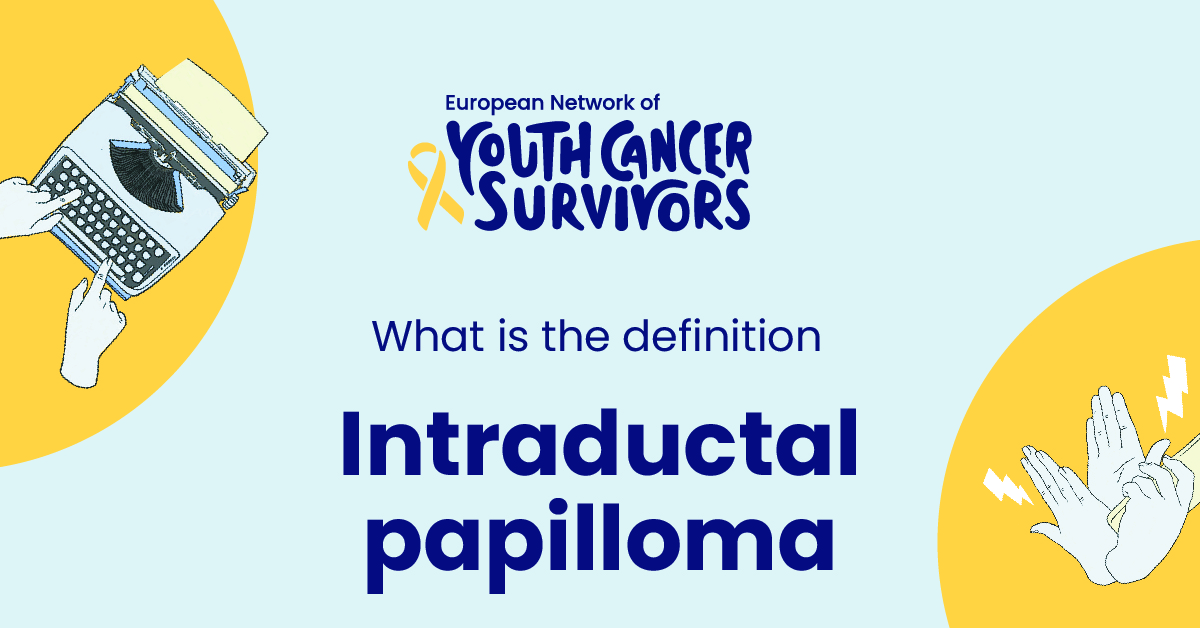
The world of medical science never stops discovering new conditions and their implications on human health. In this exploratory journey, one condition that has significant importance, particularly in the field of women’s health, is intraductal papilloma. The following article, with the help of scientific literature, sheds light on this medical condition. This will help to improve general knowledge about what it is, how it affects the body, and how it can be detected and managed.
Introduction to Intraductal Papilloma
A Brief Overview of Intraductal Papilloma
Intraductal papilloma is a non-cancerous or benign condition characterized by small, wart-like growths in the breast ducts. These are solitary ductal papillomas that are more common in women aged 40 to 60 years. A minority can become cancerous, highlighting the crucial importance of knowledge about this medical condition.
Importance of Knowledge about Intraductal Papilloma
Understanding intraductal papilloma becomes pivotal as it can sometimes lead to serious conditions such as breast cancer. Prevention through awareness is a powerful tool that can significantly minimize the risk and aid early detection, increasing the chances of effective treatment and recovery.
Piecing Apart the Term: Defining Intraductal Papilloma
Definition and Basic Understanding
Intraductal papilloma is defined as a benign breast disease characterized by the occurrence of small lumps inside the milk ducts in the area near the nipple. These papillomas may cause symptoms such as nipple discharge, often alarming the person experiencing them and leading to medical consultation.
Historical Context of the Term
The term “intraductal papilloma” was first coined in the early 20th century in relation to post-menopausal nipple discharge. Over the years, researchers and medical experts have continually updated its definition based on evolving diagnostic methods and deeper understanding of its pathology.
Get to know us better
If you are reading this, you are in the right place – we do not care who you are and what you do, press the button and follow discussions live

Anatomy and Pathology of Intraductal Papilloma
Relationship with the Breast Ducts
Intraductal papillomas are located within the ducts close to the nipple. They develop within the milk ducts, thereby sometimes causing a clear or bloody discharge from the nipple.
Pathology: How Intraductal Papilloma Develops
The pathogenesis of intraductal papilloma is not completely understood. It is believed that hormonal changes, possibly in combination with inflammation or infection, lead to proliferation and change within the ductal cells, resulting in the formation of a papilloma.
Core Symptoms and Clinical Presentation of Intraductal Papilloma
Most Common Symptoms
The most noticeable symptoms of intraductal papilloma are nipple discharge, which is often clear or bloody, and a palpable lump near or around the nipple. Some individuals may also experience nipple pain or a change in the appearance of the nipple.
How Clinicians Identify Intraductal Papilloma
Clinicians often suspect intraductal papilloma when a patient presents with the typical symptoms mentioned above. However, definitive diagnosis requires imaging tests and often tissue sampling.
Diagnostic Processes for Intraductal Papilloma
Initial Screening Methods
Preliminary testing for intraductal papilloma often involves a clinical breast examination followed by dagnostic imaging techniques such as mammography or ultrasound.
Diagnostic Imaging Techniques
Mammography and breast ultrasound are the key imaging techniques used to visualize the breast tissue and identify any potential abnormalities. These imaging techniques provide detailed images of the breast tissue, allowing for the detection of small lumps or growths that could suggest the possibility of intraductal papilloma.
Histopathological Examination: The Definitive Diagnostic Tool
A histopathological examination, or biopsy, of the suspected area is the gold standard for diagnosing intraductal papilloma. This procedure involves removing a small sample of tissue for microscopic analysis to confirm the diagnosis.
Treatment Options and Management of Intraductal Papilloma
Surgical Interventions for Intraductal Papilloma
Surgical removal of intraductal papilloma is often recommended, especially when nipple discharge is persistent and bothersome, or when the biopsy result is unclear. The entire affected duct is usually removed during surgery to prevent recurrence.
Medical Management: Drugs and Therapies
Medical management for intraductal papilloma often includes hormonal therapy, particularly when the condition is associated with hormonal changes. This involves the use of medicines that block the effects of hormones on tissues.
Lifestyle Modifications and Holistic Approaches
Sometimes, making lifestyle modifications can help manage the symptoms associated with intraductal papilloma. These alterations may include maintaining a healthful diet, regular exercising, and reducing stress levels. Some evidence suggests that these actions can promote better overall health and alleviate symptoms.
Conclusion: The Impact of an Intraductal Papilloma Diagnosis and How to Cope
An intraductal papilloma diagnosis can be alarming considering its potential implications on breast health. However, with a sound understanding, early detection, and appropriate medical intervention, it is usually manageable and treatable. It is important to note that support from medical professionals, family, friends, and breast cancer survivor communities can be highly beneficial during this time. Healthcare providers can help navigate the many considerations that ensue upon diagnosis, ensuring the best possible care and outcome.
FAQs
- What is Intraductal Papilloma and how common is it?
Intraductal papilloma is a benign condition involving the growth of small, wart-like lumps in the milk ducts of the breast. It most commonly affects women aged between 40 to 60 years.
- What are the main symptoms of Intraductal Papilloma?
Clear or bloody nipple discharge, and a lump near the nipple are the most common symptoms of this condition. Others may experience nipple pain or a change in the appearance of the nipple.
- What are the risks and complications associated with Intraductal Papilloma?
While intraductal papillomas are usually benign, they can sometimes become malignant, meaning they can potentially develop into breast cancer. Therefore, medical attention is necessary if symptoms appear.
- How is Intraductal Papilloma diagnosed and treated?
Diagnosis involves a clinical breast examination, diagnostic imaging, and often tissue sampling. Treatment usually includes surgical removal of the papilloma, and sometimes hormonal therapies in combination with lifestyle modifications.
- Is Intraductal Papilloma linked to breast cancer?
While intraductal papillomas are benign, there is a small risk that they can become cancerous, especially if other breast cancer risk factors are present. For that reason, any breast changes should be evaluated by a healthcare provider.

















Comments
Thank you. Comment sent for approval.
Something is wrong, try again later